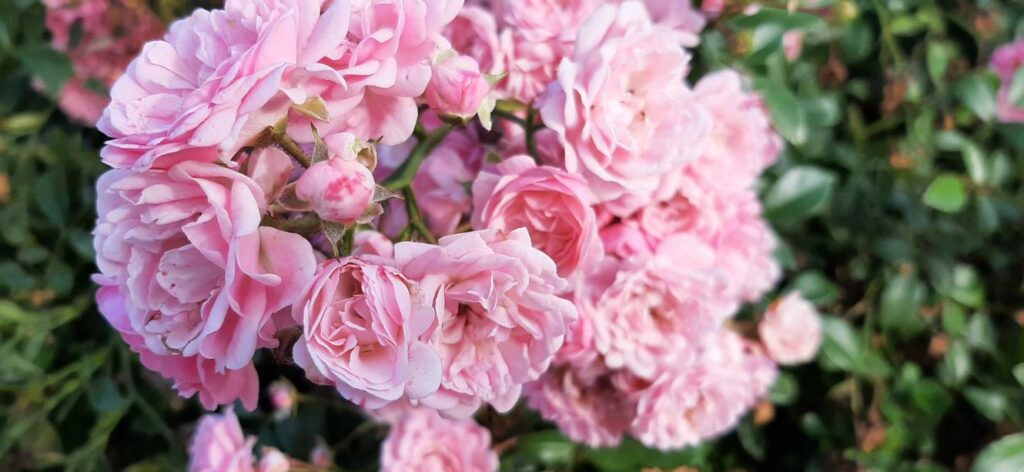In Eddy Robinson’s Anishinaabe way of being, there is the custom to announce and locate themselves to the universe, making it customary for them to greet themselves with “Boozhoo”.
Boozhoo is an indigenous word saying “I’m going to learn from you and you can learn from me. I’m going to respect you, and you can respect me.”
The way Eddy Robinson shares his history and philosophy in his TEDx talk fits the idea of Boozhoo. It is creating a space for indigenous people as well as non-indigenous people to deal with their history, overcome adversity, and eventually step on the path of reconciliation.
It starts with a respectful and reciprocal way of engaging with the other.
Which implies building a relationship and knowing how trust and communication become key to it.
This is where three key ideas Eddy Robinson shares come in. The first is to learn about the other. The second is to “unpack our privilege, any personal bias and preconceived notion we might have.” The third being to listen and allow the other to lead the conversation.
Naturally, these three ideas describe his approach to educate about indigenous people. Learning about Indigenous people is best started using terms that may not be politically correct. That’s because they are and have been used. It makes them the best way to find existing information relevant to the Indigenous narrative. Learning to know the narrative is learning to know how they are being described, what stereotypes are being used, and what bias that narrative might have created. Thus the second idea to let oneself know which ones they might be and set them aside. The third idea becomes the one to allow the community to educate us and giving ourselves the space to learn.
Announcing and locating themselves to the universe also serves a different purpose.
It is there to remind individuals to see where they come from and who they are. It is reminding themselves of their position. It’s the location they come from as well as the one they are in the moment. By giving themselves the time and space to know their position they also know how they belong in the relationship they are building.
The Western world tends to remind us, that we are standing on the shoulders of giants. It is a way to share that we belong to a community and history. The metaphor Eddy Robinson uses goes a bit further. His invitation is to take a moment to locate on whose shoulder one is balancing and who is balancing on one’s shoulders.
What Eddy Robinson is teaching us goes beyond understanding Indigenous people.
It describes how teams and team members can learn to relate to one another and how this impacts their individual leadership. Belonging to the community is the willingness to build a relationship with that community as well as to be willing to take up one’s role in the community and lead from there.
The way people describe relationships determines leadership and individual contribution.
Culture tells us what people expect from a relationship.

